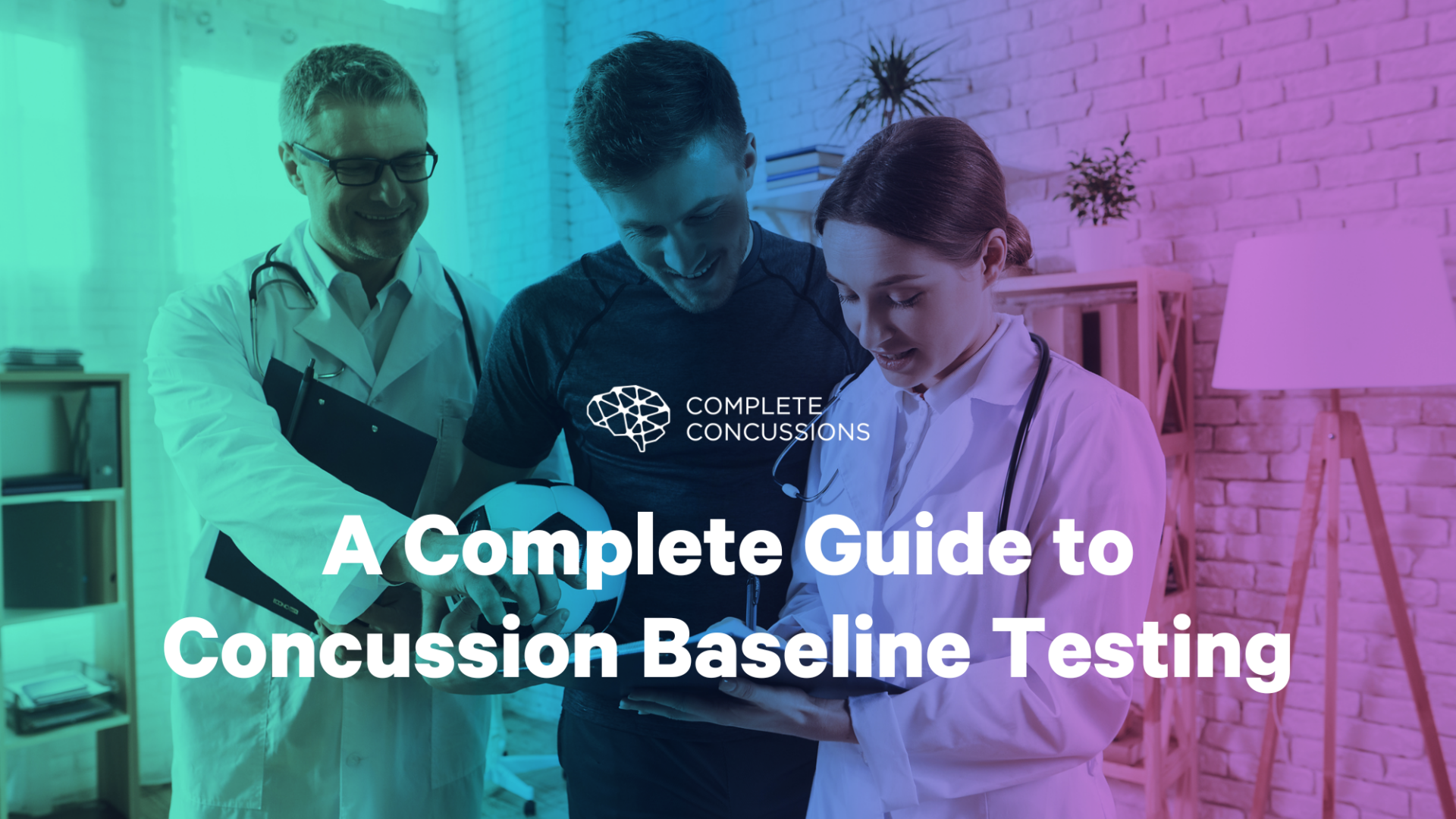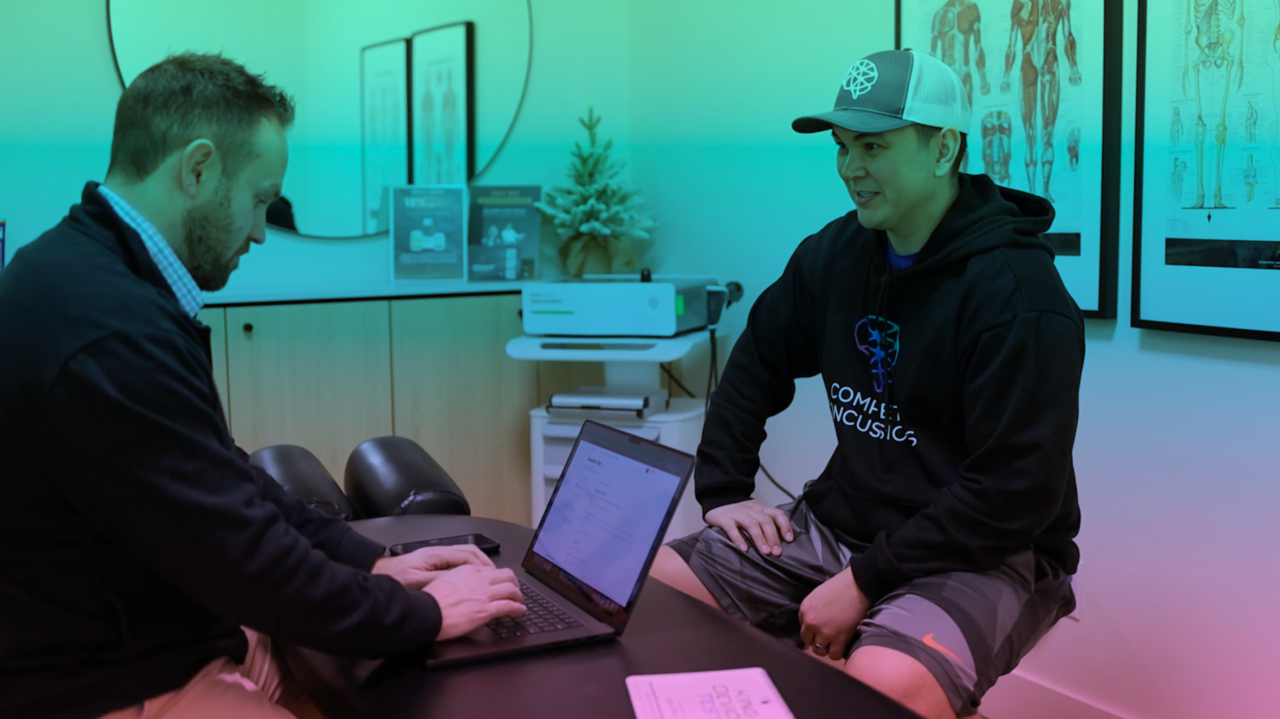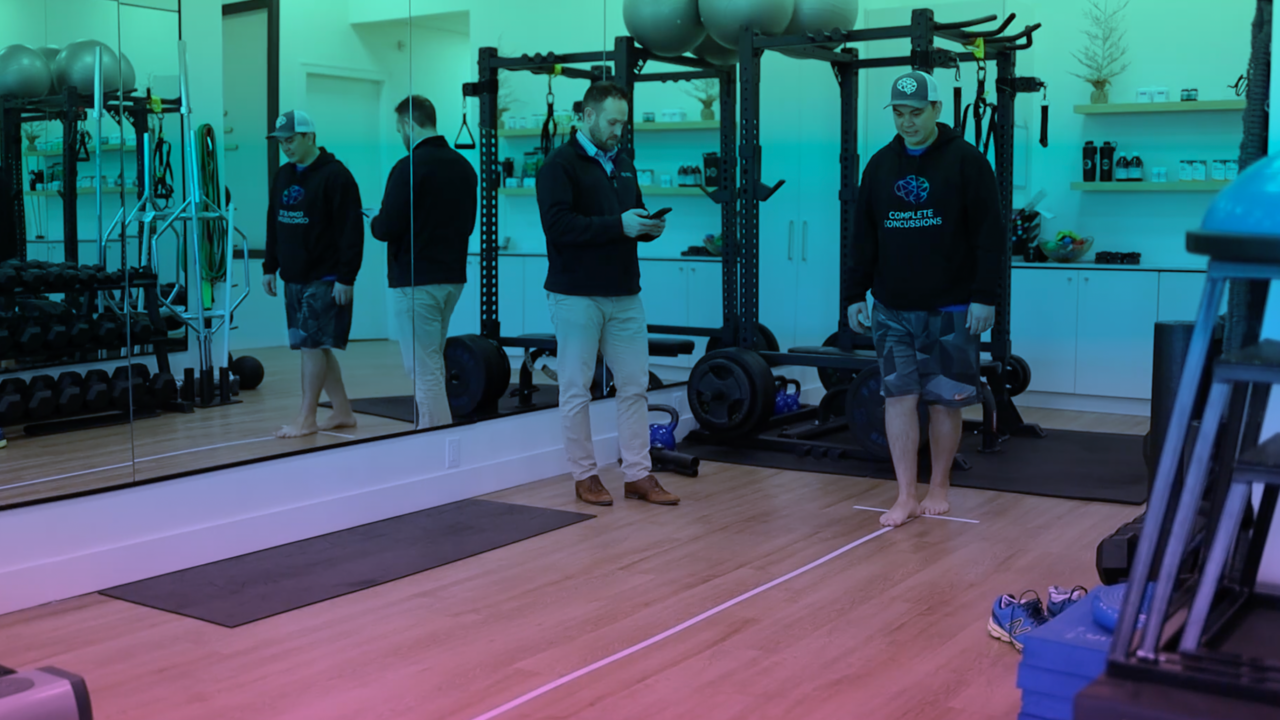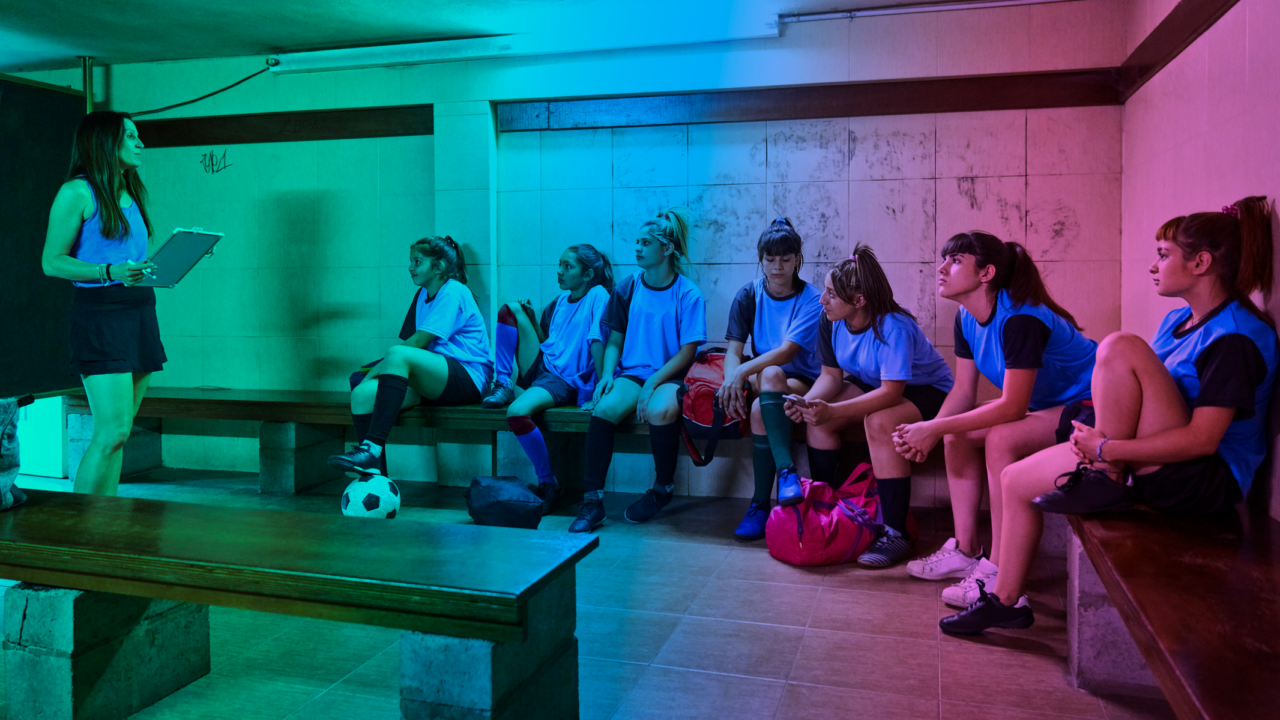REFERENCES:
Broglio, S. P., Macciocchi, S. N., & Ferrara, M. S. (2007). Sensitivity of the concussion assessment battery. Neurosurgery, 60(6), 1050–1057.
Collins, M. W., Grindel, S. H., Lovell, M. R., Dede, D. E., Moser, D. J., Phalin, B. R., … & McKeag, D. B. (1999). Relationship Between Concussion and Neuropsychological Performance in College Football Players. JAMA, 282(10), 964-970.
Covassin, T., Swanik, C. B., Sachs, M. L. (2003). Sex differences and the incidence of concussions among collegiate athletes. Journal of Athletic Training, 38(3), 238.
Echemendia, R. J., Bruce, J. M., Bailey, C. M., Sanders, J. F., Arnett, P., & Vargas, G. (2012). The utility of post-concussion neuropsychological data in identifying cognitive change following sports-related MTBI in the absence of baseline data. Clinical Neuropsychologist, 26(7), 1077-1091.
Gardner, A., Iverson, G. L., & Stanwell, P. (2014). A systematic review of proton magnetic resonance spectroscopy findings in sport-related concussion. Journal of neurotrauma, 31(1), 1-18.
Guskiewicz, K. M. (2001). Postural Stability Assessment Following Concussion: One Piece of the Puzzle. Clinical Journal of Sport Medicine, 11(3), 182–189.
Iverson, G. L., Gaetz, M., Lovell, M. R., Collins, M. W. (2004). Cumulative effects of concussion in amateur athletes. Brain Injury, 18(5), 433–443.
Lau et al., (2012). Sensitivity and specificity of subacute computerized neurocognitive testing and symptom evaluation in predicting outcomes after sports-related concussion. Journal of Neurotrauma. 29(5), 863.
Makdissi, M., McCrory, P., Ugoni, A., Darby, D., Brukner, P. (2001). A prospective study of postconcussive outcomes after return to play in Australian football. The American Journal of Sports Medicine, 29(5), 632–638.
McCrory, P., Meeuwisse, W., Dvořák, J., Aubry, M., Bailes, J., Broglio, S., … & Davis, G. (2017). Consensus statement on concussion in sport—the 5th international conference on concussion in sport held in Berlin, October 2016. British Journal of Sports Medicine, 51(11), 838-847.
Miller, N.R., Yasen, A.L., Maynard, L.F., Chou, L.S., Howell, D.R., Christie, A.D. (2014). Acute and longitudinal changes in motor cortex function following mild traumatic brain injury. Brain injury, 28(10), 1270-1276.
Register-Mihalik JK, Guskiewicz KM, Mihalik JP, Schmidt JD, Kerr ZY, McCrea MA. (2013). Reliable Change, Sensitivity, and Specificity of a Multidimensional Concussion Assessment Battery: Implications for Caution in Clinical Practice. Journal of Head Trauma Rehabilitation, 28(4), 274–283.
Yengo-Kahn, A. M., Hale, A. T., Zalneraitis, B. H., Zuckerman, S. L., Sills, A. K., & Solomon, G. S. (2016). The Sport Concussion Assessment Tool: A Systematic Review. Neurosurgical focus, 40(4), E6.




